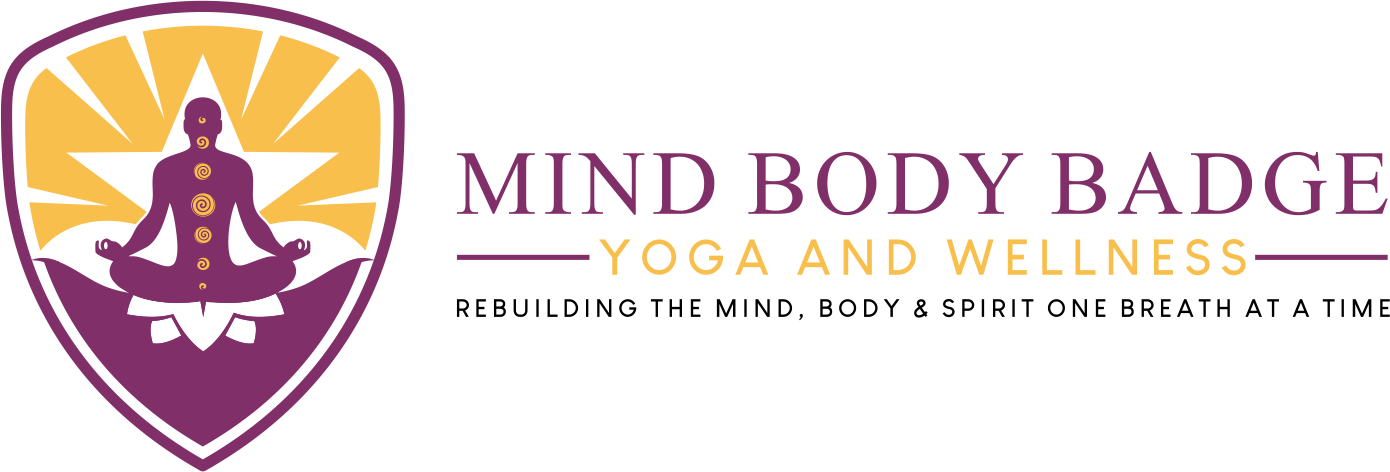MENTAL WELLNESS MATTERS
"Mental health and mental balance is critical to leading a healthy life." - Mariel Hemingway.
Image Source: My Question Life
Last week I spoke about leading an authentic and vulnerable life. Vulnerability is challenging, and achieving this goal is unique to each individual. The story I shared last week covered one moment in my timeline, of which there are many more I have not released.
Each year, the month of May coincides with Mental Health Awareness. This week, I will share ways to achieve health and balance that resonates in Mariel Hemingway's quote. In April 2014, I attended the first Illinois Firefighter Peer Support Training. One of the assignments required the student to create a wellness plan designed as a road map to a more balanced existence concerning the mind-body-spirit paradigm. The wellness plan asks us to categorize areas we wish to improve by setting well-defined and measurable goals. Today's post will discuss both goal setting and how to create a wellness plan template.
SMART goals
As a personal trainer, I work with clients to develop specific, realistic goals to achieve their desired results. The American Council on Exercise (ACE) tells us that for plans to be practical, they need to be SMART:
Specific
· The goal should state what you specifically want to accomplish.
Measurable
· This aspect of goal setting allows you to see progress.
Attainable
· Attainment will reinforce the commitment to continue on your road to wellness long after reaching your goal.
Relevant
· The goal should be relevant to your interests and needs.
Time-bound
· The goal must contain a timeline for completion. (ACE, 2014).
Before examining the wellness plan template, let's look at a familiar wellness goal millions of people set as a New Year's resolution: weight loss. A general statement is often made, such as "I want to lose weight." This goal is vague and needs to be more descriptive to be practical and attainable. Using SMART, we will put this goal into more quantifiable terms:
I want to lose weight (very general).
I want to lose 20 pounds in 2 weeks (unrealistic).
I want to lose 20 pounds in 4 months (realistic).
I want to lose 20 pounds in 4 months, which I will accomplish by losing 5 pounds per month (measurable and attainable).
I want to lose 20 pounds in 4 months. I will lose 5 pounds per month by following a combination of resistance training (weight lifting) and a cardio program designed and agreed upon by my trainer and me (specific, measurable, attainable, relevant, and time-bound).
For a wellness plan to be successful, there must be a high level of individual accountability. Depending on the goal set, or category chosen, you may have to enlist the services of a qualified professional who can best aid you in meeting your benchmarks.
The Wellness Plan
The following wellness plan template comes from the Peer Support Training Curriculum designed by Sarah Gura, MA, LCPC (2014). The one-word category defines anything you wish to improve upon that will enhance your overall well-being ( i.e., weight). Write the goal as a need, as in "I need to lose weight ."The objective is framed by the more specific statement using the words" I will . . . followed by your plan of action (see the SMART goals discussed previously).
Wellness Plan Template
Examples of one-word categories with potential wellness implications include but are not limited to food, diet, smoking, exercise, stress, mental health, friends, family, and pain. Before putting the goals and objectives on paper, always remember to frame them by keeping improvement and personal accountability in mind.
The wellness plan and SMART goals are guidelines that can apply to mental and spiritual health goals. If you are experiencing challenges with your mental well-being, I suggest you build a wellness plan in collaboration with a licensed professional clinical counselor. I can attest from personal experience that taking that first courageous step from behind the shadow of the stigma concerning mental health is frightening. Still, it was the best decision on my journey through this lifetime. If inclined, don't hesitate to contact me, and I will offer you additional resources to get you started. Remember that I do peer support work and am not a therapist. However, I am willing to listen and refer when your needs exceed my scope of practice. Until next time -
Namaste,
Tim
Facets of Wellness: Courtesy of Sarah Gura
References
Bryant, C., Merrill, S., & Green, D. (Eds.). (2014). American Council on Exercise Personal Trainer Manual (5th ed.). San Diego: ACE.
Gura, S. (2014). Create a Wellness Plan. Illinois Firefighter Peer Support Training Curriculum PowerPoint Presentation Day 2, slide 77.



